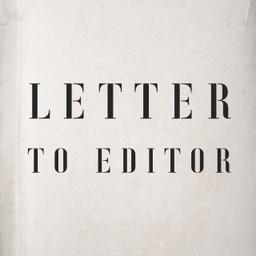The proliferation of articles written to scare or intimidate average Americans seems to be increasing. We have become a country obsessed with regulating risk out of existence. Many new ideas are viewed as too risky, too toxic, or too expensive. Take, for example, the recent letter “Nuclear Fiascos Revisited?” by Jack Duckworth, published in the Oct. 11–17 edition of “The Readers’ Turn.” The author begins with an assertion that over 55 nuclear accidents have occurred and that safer, more reliable nuclear power plants are unattainable.
Except for the notable exceptions of Three Mile Island, Fukushima, and Chernobyl, nuclear reactors have been very safe and dependable. Can you name another nuclear accident? Human error and black swan events (e.g., the earthquake and tsunami in Japan) have contributed to the three major events. But over the past 50 years, the nuclear energy track record has been very good and the learnings have been great.



